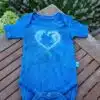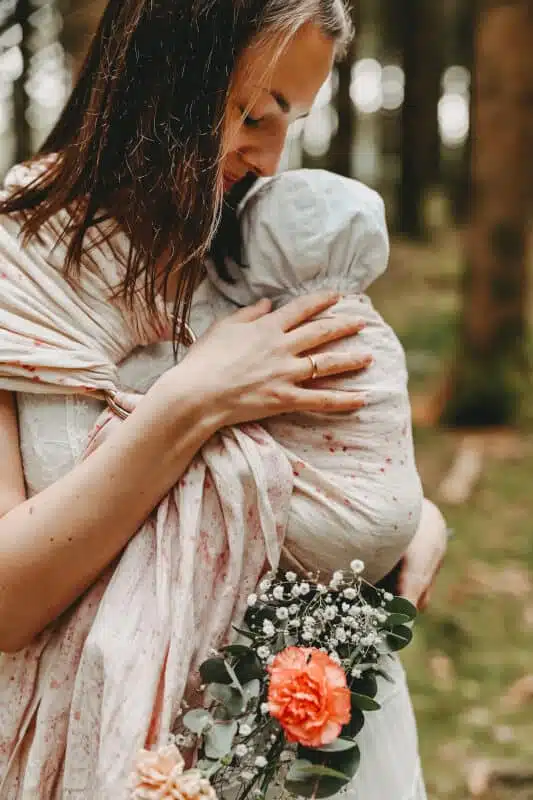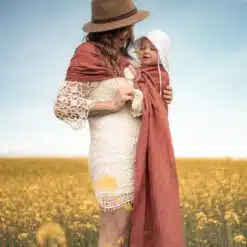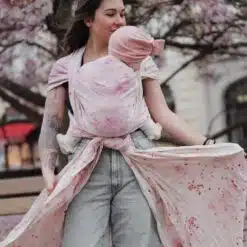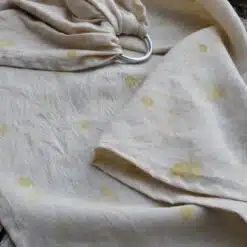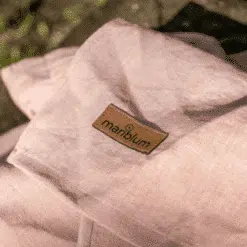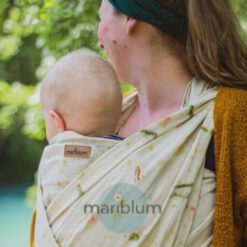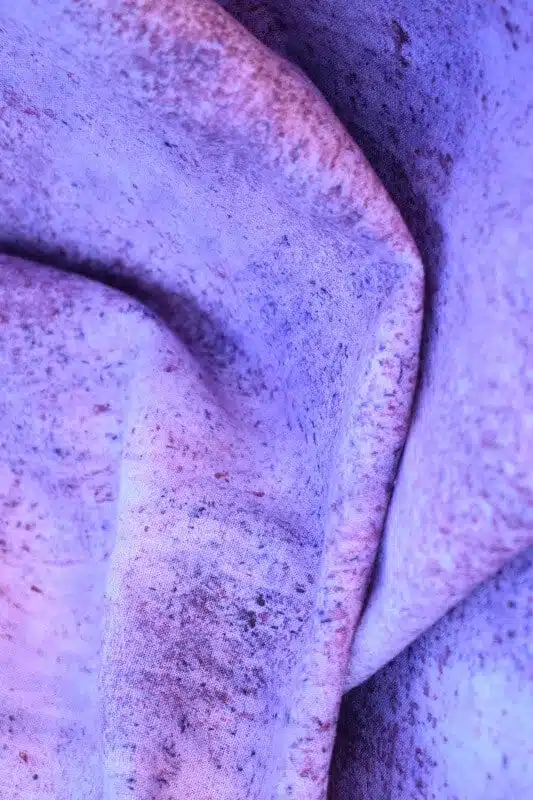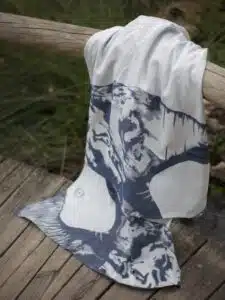Babywearing News
Baby Wraps for Newborns
A baby wrap for newborns offers not only a practical way to carry a baby but also a deep connection and numerous health benefits for both mother and child. This ancient tradition, practiced in many cultures worldwide, is experiencing a renaissance in modern societies. This essay explores the physiological, emotional, and practical benefits of a baby wrap, as well as important aspects to consider when choosing and using one.
Table of Contents
What are the physiological benefits for newborns?
Carrying a newborn in a baby wrap promotes the healthy development of the child on several levels. First, it supports hip development. Newborns naturally have a leg flexion, and the baby wrap enables an ergonomic position known as the “M-position” or “froggy position.” This position promotes healthy hip joint development and can prevent dysplasia. Another benefit is the support of the baby’s balance and movement sense. The constant movement and close body contact in the wrap stimulate the vestibular system, leading to better coordination and muscle development. This can also alleviate colic, as the upright position and gentle movements of carrying promote digestion.
Hemp Fabric
Linen Fabric
Hemp Fabric
How do baby wraps strengthen the emotional bond with a newborn?
The emotional bond between parents and child is intensified by using a baby wrap. The close contact promotes bonding and creates a sense of security and warmth for the newborn. Studies show that carried babies cry less and are calmer, which is attributed to the increased sense of closeness and warmth. Oxytocin, often referred to as the “cuddle hormone,” is released in greater amounts during close physical contact. This hormone plays a key role in promoting trust and bonding. For the mother, this can also reduce the risk of postnatal depression and support breastfeeding, as increased proximity stimulates milk production.
What are the practical aspects of carrying newborns?
A baby wrap also offers practical advantages in everyday life. It allows parents to have their hands free while carrying their baby, which can be invaluable in the first weeks and months after birth when the baby often seeks the parents’ closeness. Additionally, wraps are often space-saving and easy to transport, making them ideal for on the go. They can be used in various situations, whether shopping, walking, or even doing housework. Another advantage is that they can often be tied in different ways, offering flexibility and comfort for both parents and child.
Hemp Fabric
Linen Fabric
How to find the right baby wrap for my newborn?
When choosing a baby wrap, there are several important factors to consider. The choice of material is crucial; cotton, linen, and bamboo fibers are common and recommended materials as they are breathable and skin-friendly. The length of the wrap is also important and should be chosen according to the wearer’s body size. Safety aspects should not be overlooked. A well-tied wrap should hold the baby securely and firmly, without allowing it to sink or fall out. It is essential to familiarize oneself with the various wrapping techniques and ensure the baby is always well-supported and its face remains free for good breathing.
Which wrapping method is right for my newborn?
Correct use of a baby wrap requires some practice, but with time and patience, it becomes second nature. There are various techniques that can vary depending on the baby’s age and the wearer’s comfort. Newborns often benefit from the “wrap cross carry,” which provides good support and keeps the baby close to the body. For beginners, video tutorials or courses can be helpful to learn the different techniques. It can also be useful to exchange experiences and tips with other parents.
In summary
A baby wrap for newborns is far more than just a practical tool. It promotes the physical and emotional development of the baby, strengthens the bond between parents and child, and offers flexibility and freedom in everyday life. With the right choice and use of a baby wrap, parents can experience valuable support in the first months of their child’s life while continuing the ancient tradition of babywearing.
References
-
- International Hip Dysplasia Institute. “Babywearing and Hip Health.” (link)
- Anisfeld, Elizabeth, et al. “Maternal Carrying and Infant Crying: A Controlled Study.” Pediatrics, 1990.


